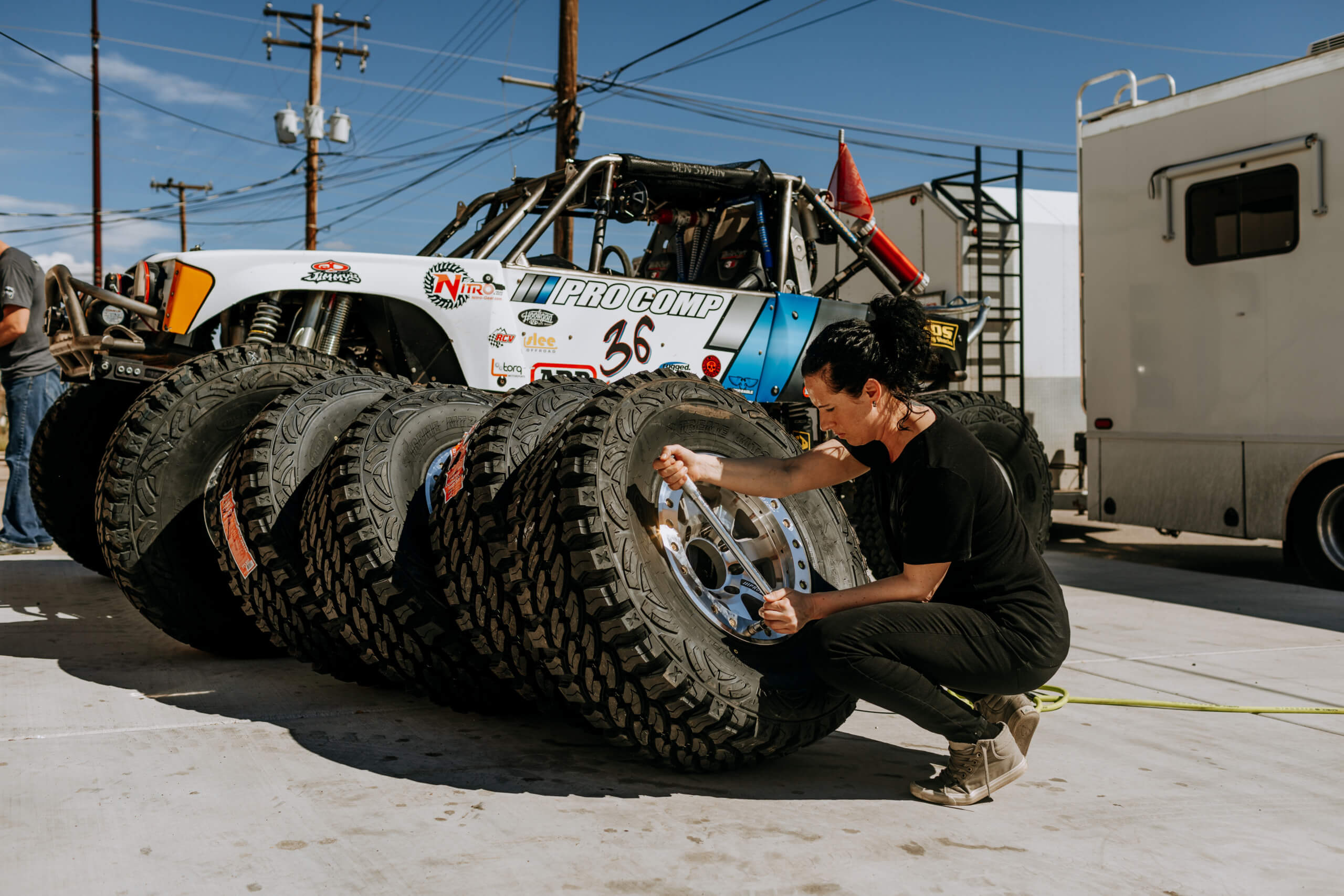
Photography by Harry Wagner and Richard Giordano
When you buy a new set of wheels for your rig, often the most important factor is looks. That is ok, aesthetics is important to everyone and is an important factor, but it shouldn’t be the only factor. Width, load rating, and offset are just a few of the other factors you should consider when shopping for your next set of rims. To understand why these specifications are important, we first must understand what they mean and how they apply to your 4×4.
Diameter
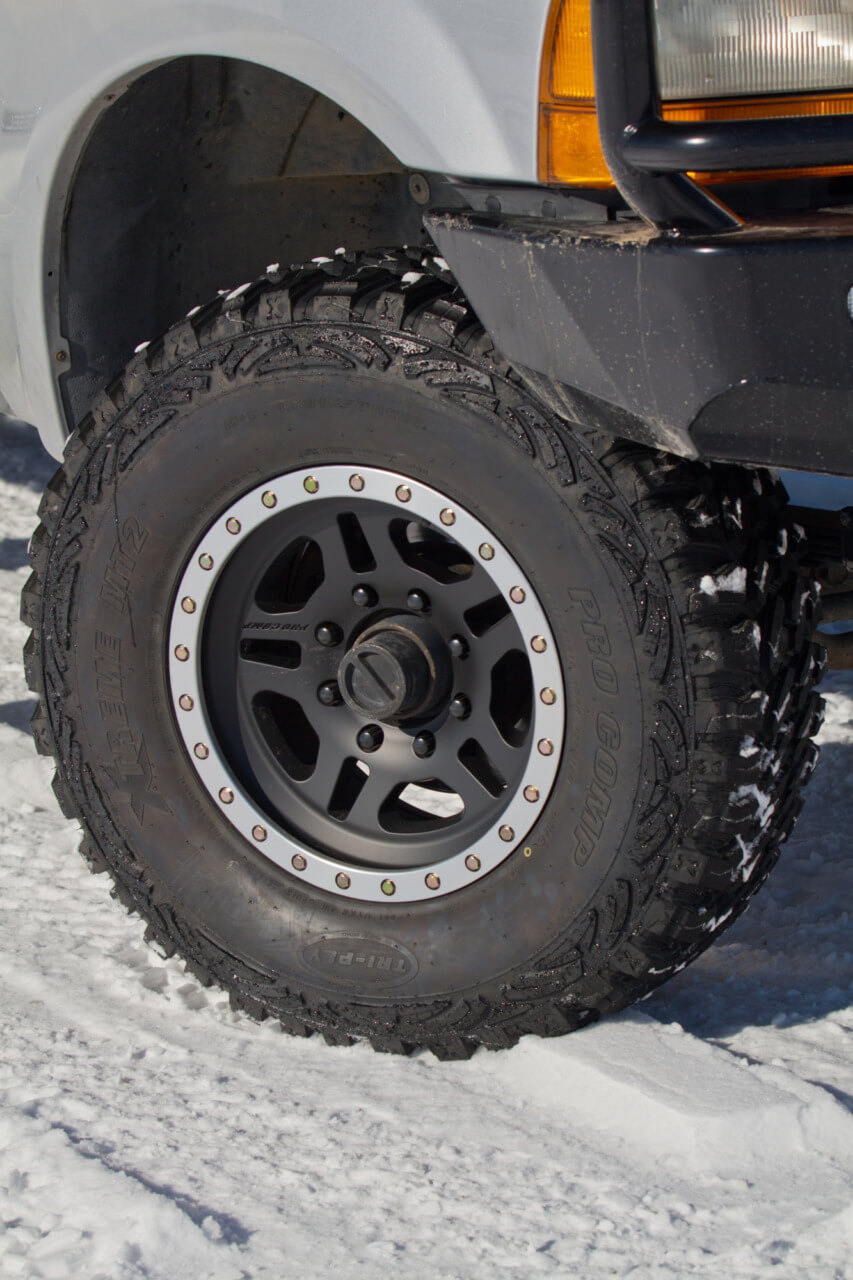
Larger diameter wheels provide room for bigger brakes and result in more precise handling due to a shorter sidewall, but the tradeoff is that less sidewall means the tire cannot conform to the terrain as well off-road when it is aired down.
Larger diameter wheels are the trend right now, but both the wheels and the tires are more expensive than smaller offerings. 17-inch diameter rims have the most wheel and tire options and will fit over most brake packages, making them a popular choice. We typically like the rim diameter to be less than half of the overall tire diameter, such as a 17-inch rim with a 35-inch tire.
Width
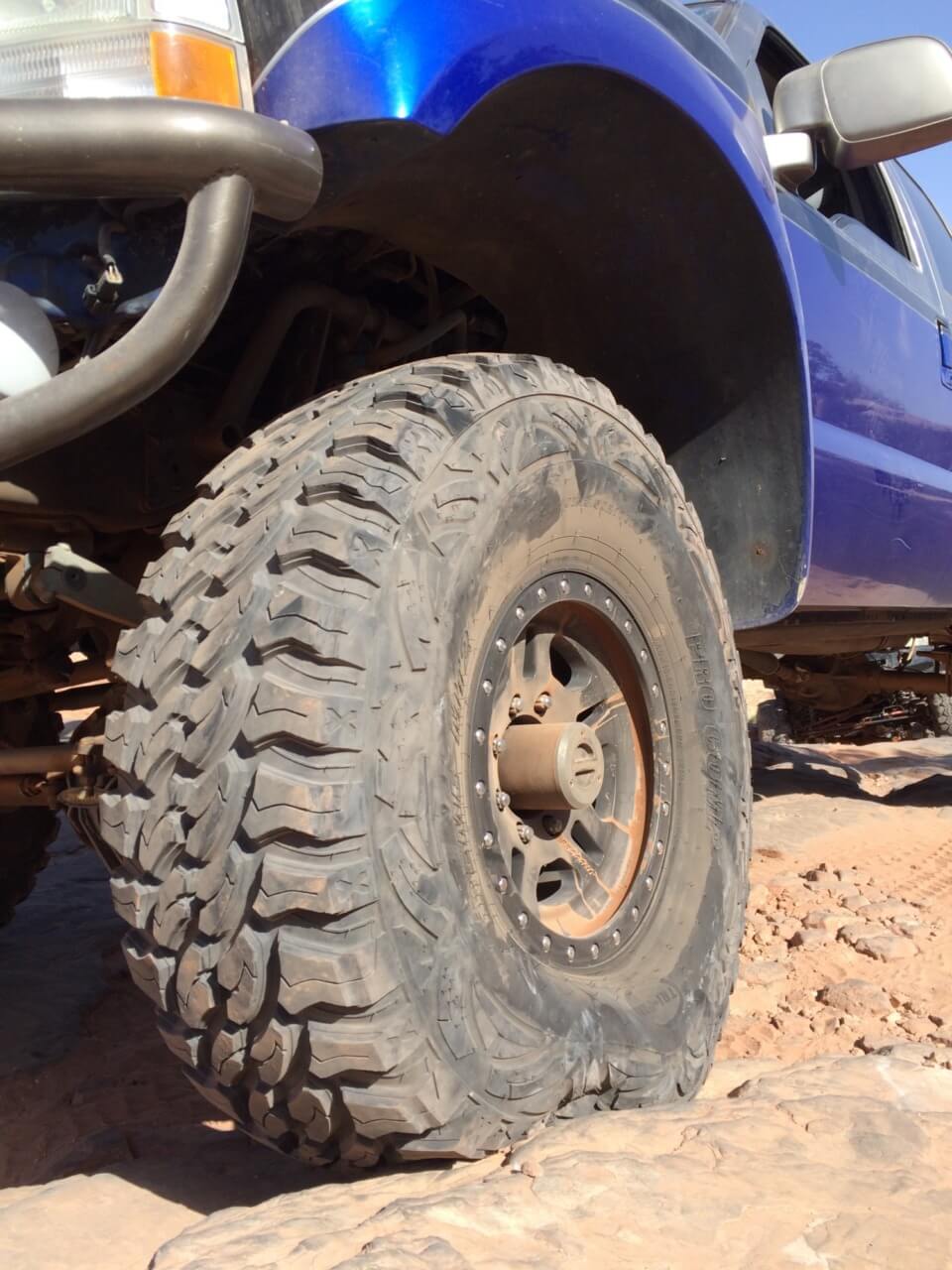
Tire manufacturers list a range of recommended wheel widths for each specific tire. They typically suggest a wheel that is two to three inches narrower than the tire. We like to run as narrow of a wheel as possible within the recommended range since this helps to keep the tire on the wheel at low air pressure. The tradeoff is that too narrow of a wheel can cause the tire to crown and lead to accelerated wear in the center of the tread.
Bolt Pattern
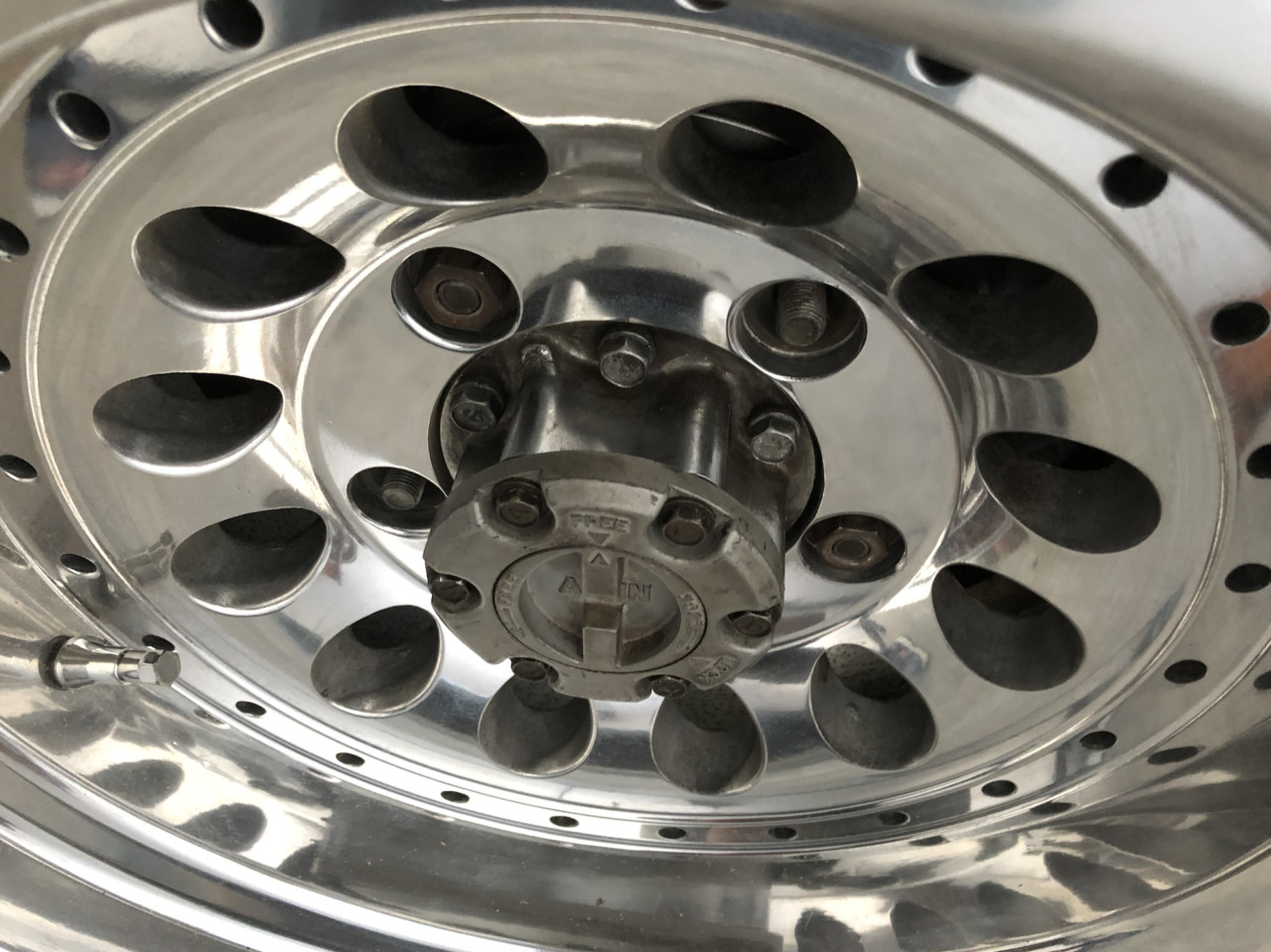
Most wheels are available in a variety of bolt patterns to fit different applications. In general, one-ton trucks use 8-lug axles, Jeeps and Suzukis use 5-lug axles, and Toyotas and half-ton Chevys and Dodges use 6-lug axles. The bolt pattern of your wheels needs to match your axles, although in some cases adapters are available to convert the bolt pattern. Most Jeeps use five lug wheels, with current JLs being a 5×5 bolt pattern and earlier TJs and XJs being 5×4.5. The first number refers to the number of lugs and the second number refers to the diameter of the bolt circle.
Offset and Backspacing
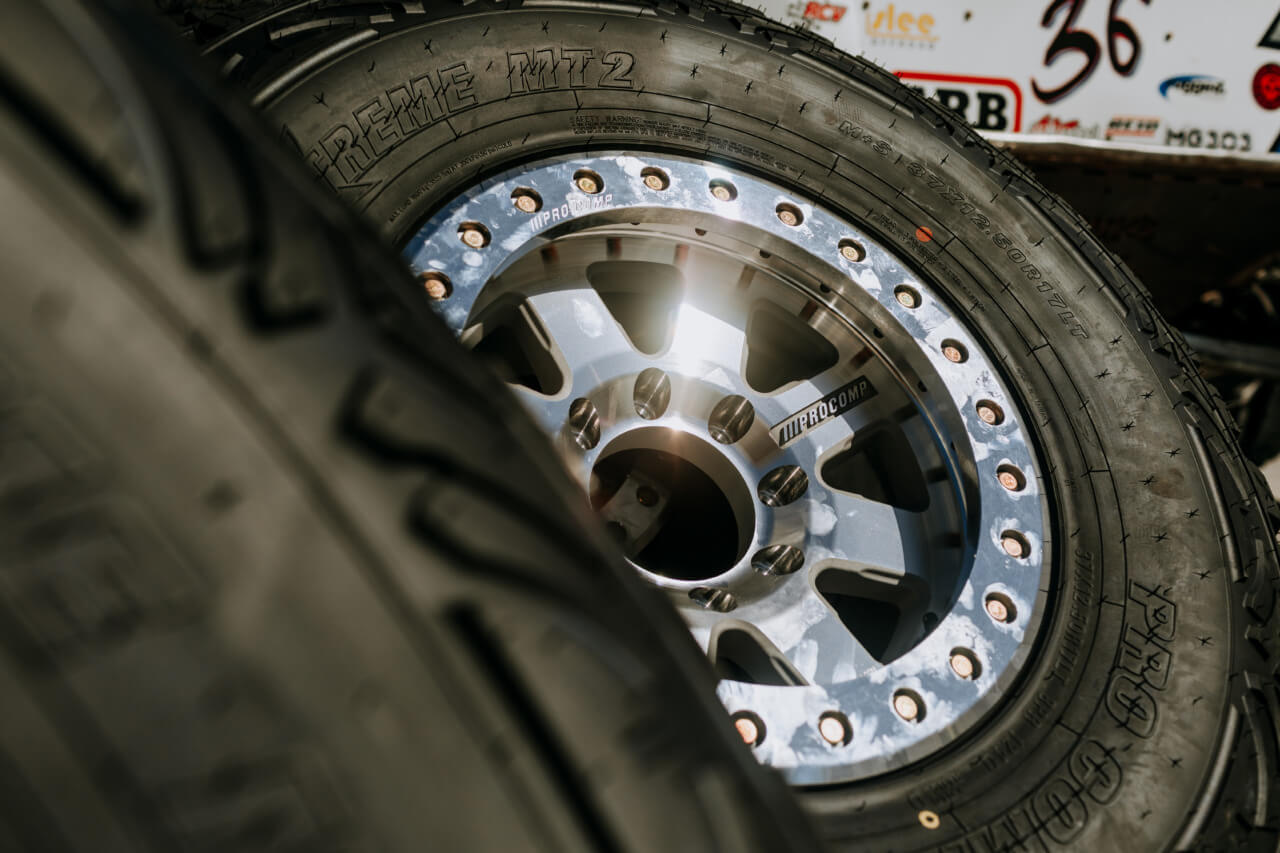
Backspacing is critical for many trucks, particularly after they have been lifted. Larger suspension components may require less backspacing, but too little backspacing can lead to tires rubbing the fenders when they are turned.
Backspacing is the distance from the inside lip of the wheel to the mounting surface and it is dependent on the width of the wheel. Shallow backspacing is equivalent to negative offset, while deep backspacing is equivalent to positive offset. Offset refers to the wheel’s mounting surface relative to the centerline of the wheel. So, zero offset places half the wheel on each side of the mounting surface. Positive offset results in a narrower track width, with the mounting surface closer to the outside of the wheel. The opposite is true for negative offset wheels.
Load Rating
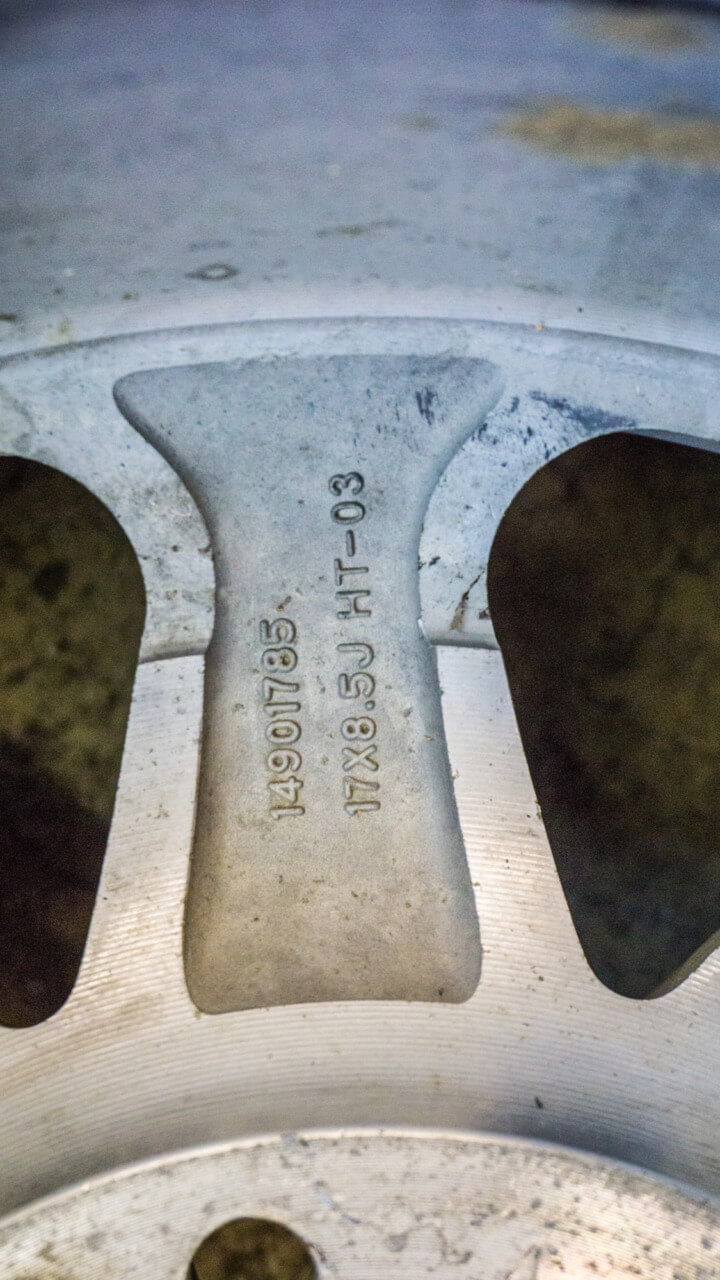
Information regarding the dimensions of your wheels can typically be found on the inside of the rim. These Method Race Wheels have dimensions on one spoke, load rating on another, and construction information on yet a third.
Tires aren’t the only thing that are load rated, wheels are as well. Load rating is a function of the wheel construction and bolt pattern. Steel wheels are often rated at lower loads than cast aluminum wheels, while forged wheels offer the highest load rating. Regardless of the type of construction, a wheel with more lug nuts and a larger bolt circle (such as 8×6.5 instead of 5×4.5) will offer a higher load rating due to the distribution of the load.
Center Bore
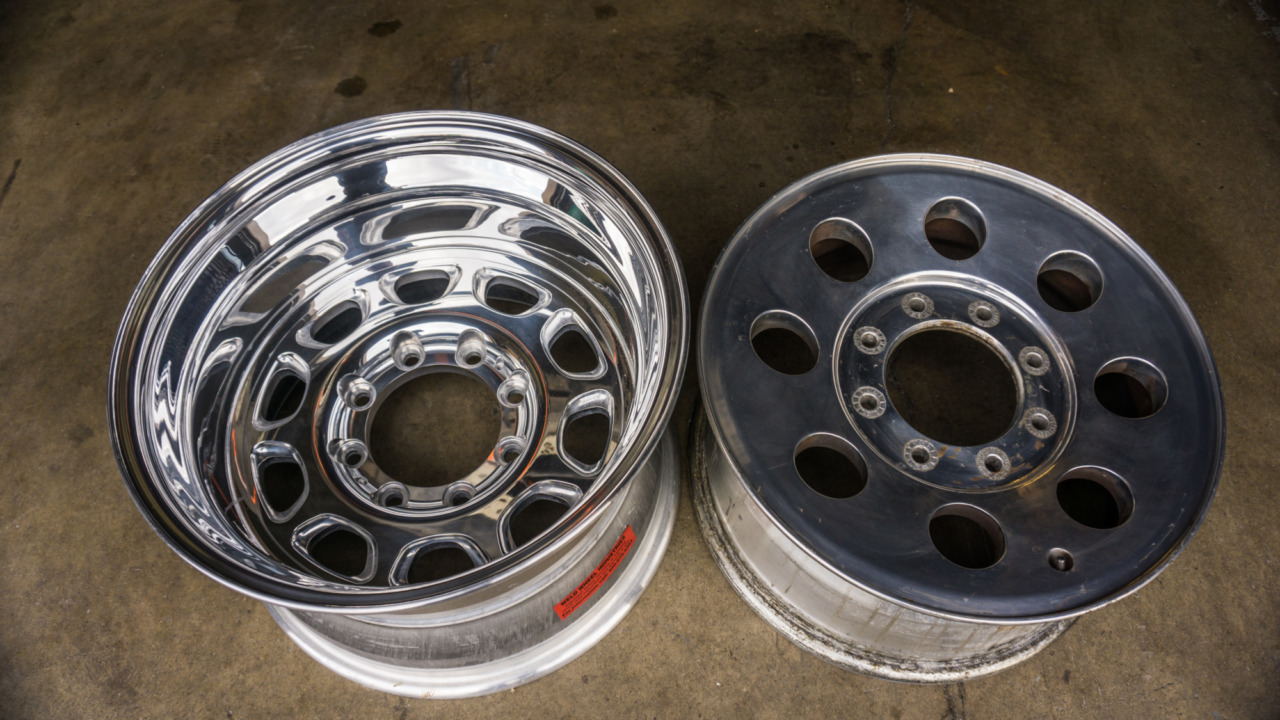
Negative offset wheels are popular on rock crawlers with big tires and narrow axles to keep the tires from hitting the frame or suspension components when turned. Wheels with less offset scrub less when turning though, resulting in easier steering effort and less strain on axle components.
This refers to the hole in the middle of the wheel. The larger the bolt pattern circle the bigger the center bore can be, which is important when fitting over locking hubs and full floating axles. On hub centric wheels the center bore is critical to position the wheel on the axle, unlike lug centric wheels that use the lug nuts to center the rim.
Bead Seat
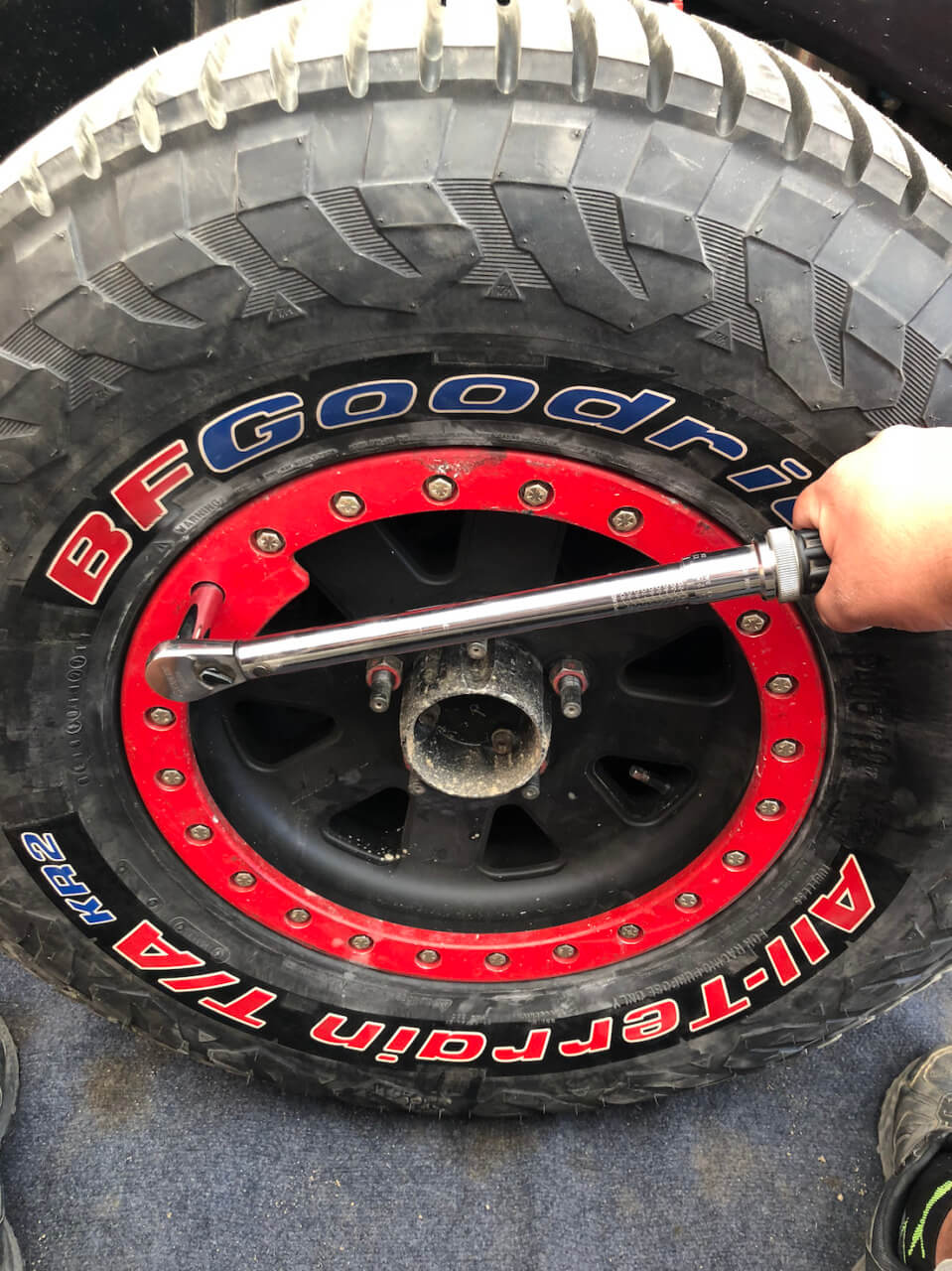
The bead seat on the wheel is what keeps the tire bead seated with the help from air pressure. The taller and wider this bead seat is, the lower the air pressure you can run without the tire coming off the rim. Beadlock rims add a mechanical clamp with bolts that physically hold the tire to the rim (typically only on the outside bead), making it impossible for the tire to unseat even with zero air pressure.
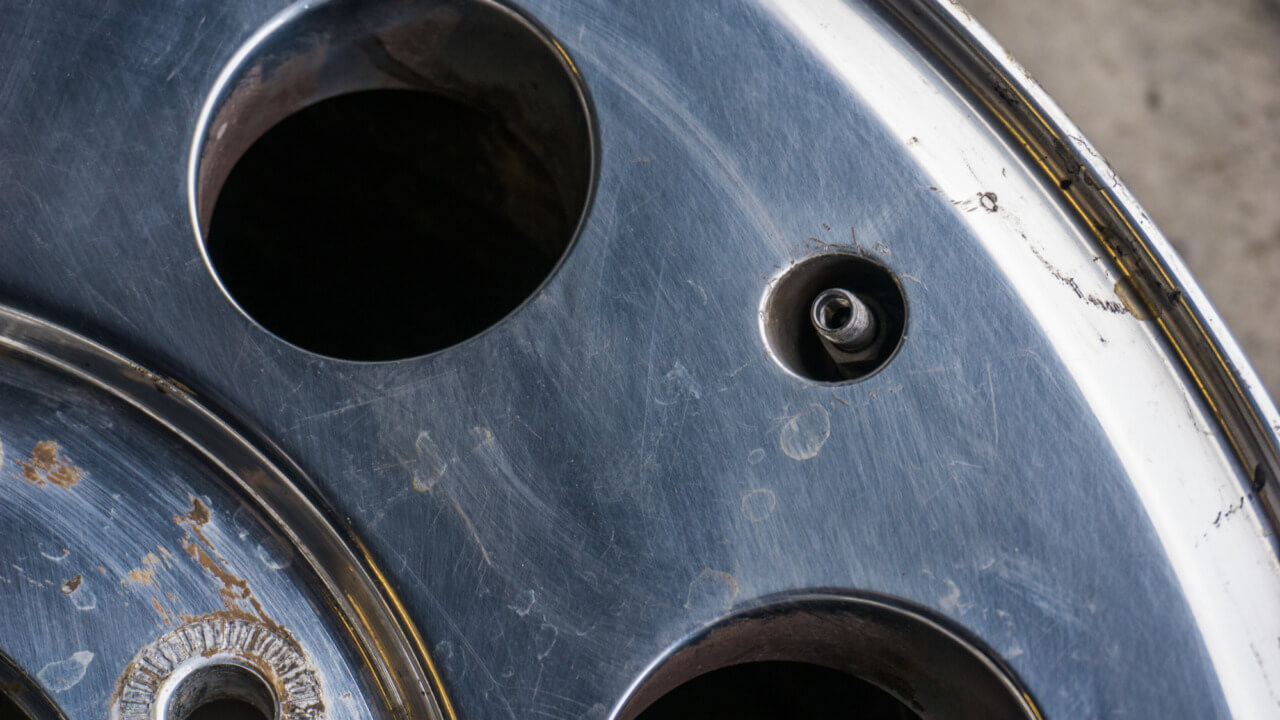
Note how the valve stem in this factory Ford wheel is recessed to keep it from being damaged. Little details like valve stem placement are important when comparing wheels. We also prefer rubber valve stems to metal ones as they tend to deflect rather than breaking when subjected to trail use.
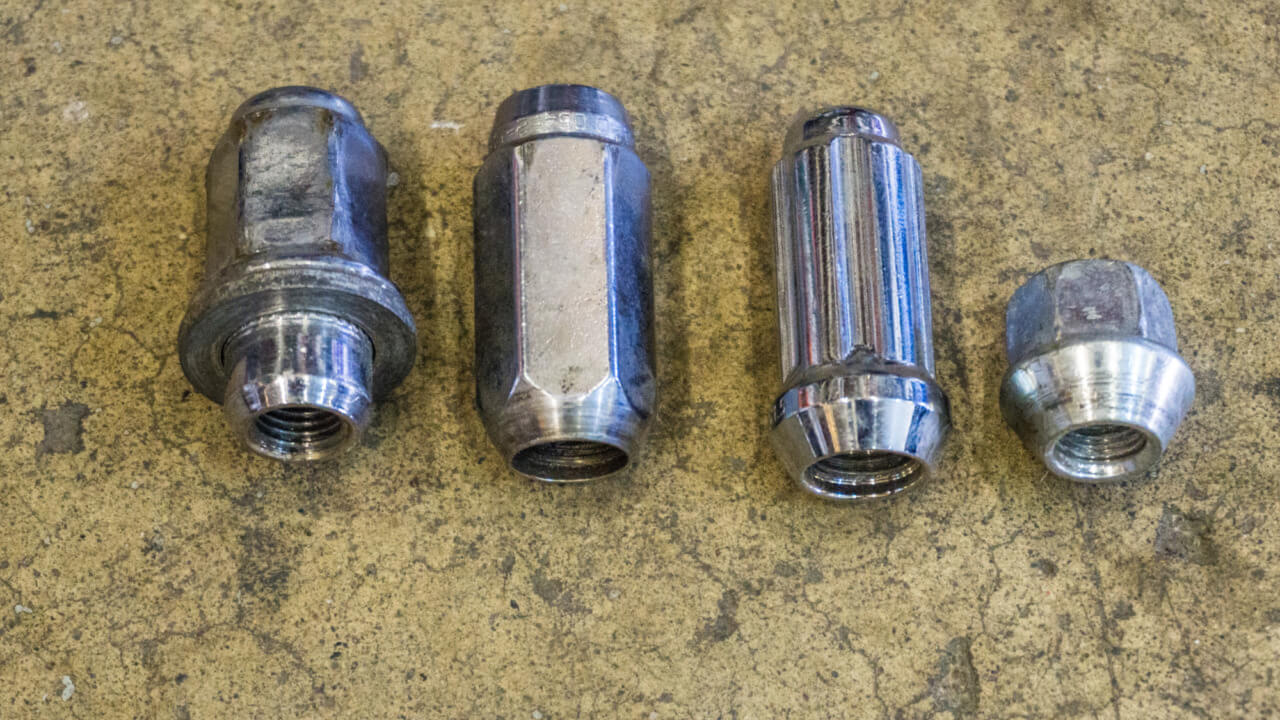
Wheels can either index on the hub or the lugs. Wheels that are lug centric will have tapered nuts, while wheels with flat lug nuts are hub centric. We prefer open wheel lugs so we can check the thread engagement with a quick glance while we are out on the trail.



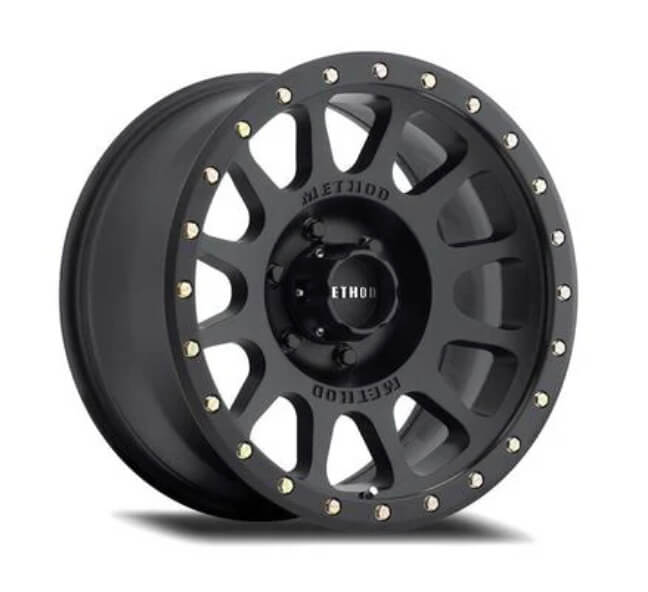
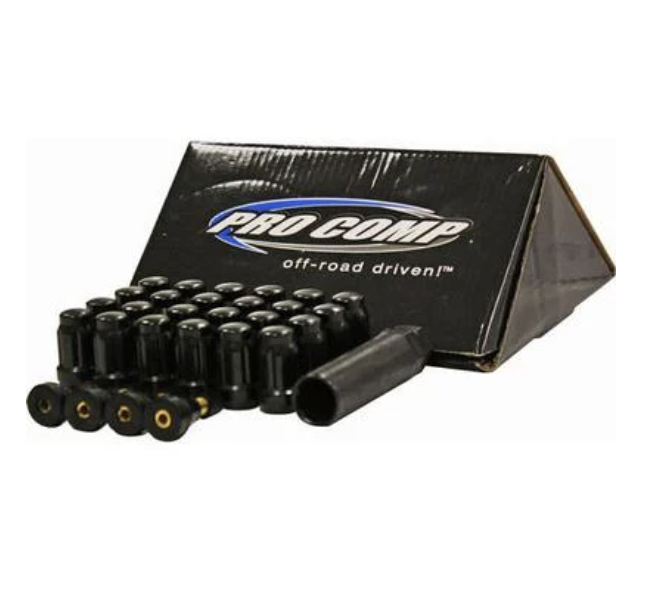
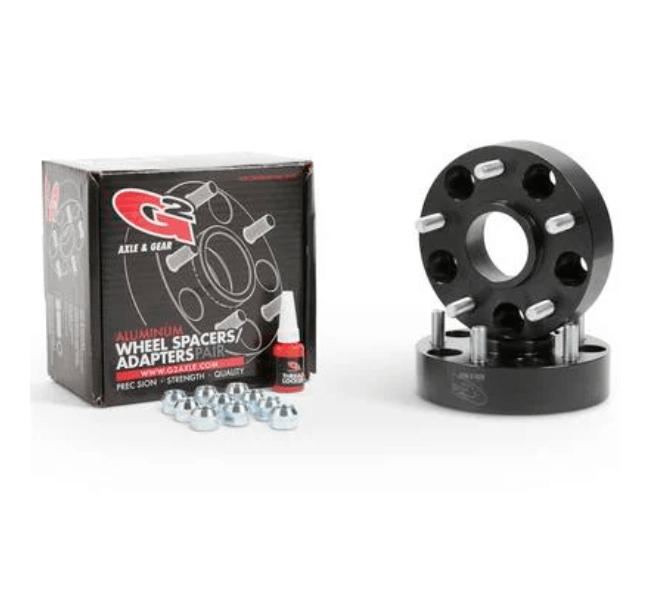
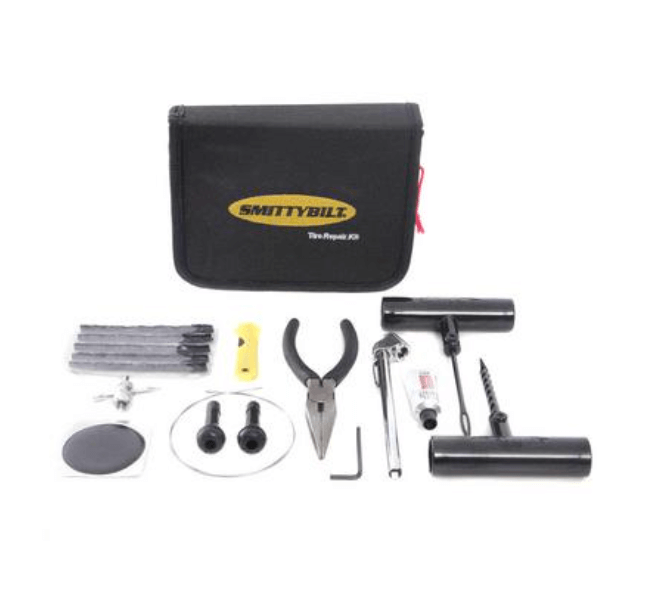
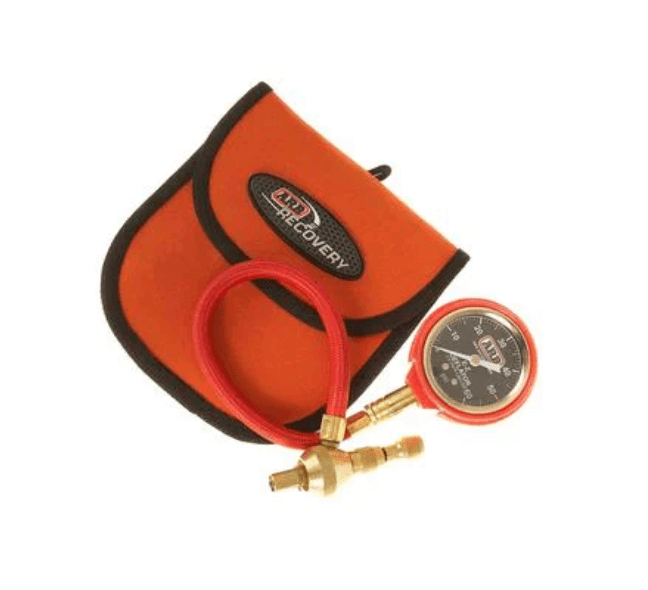
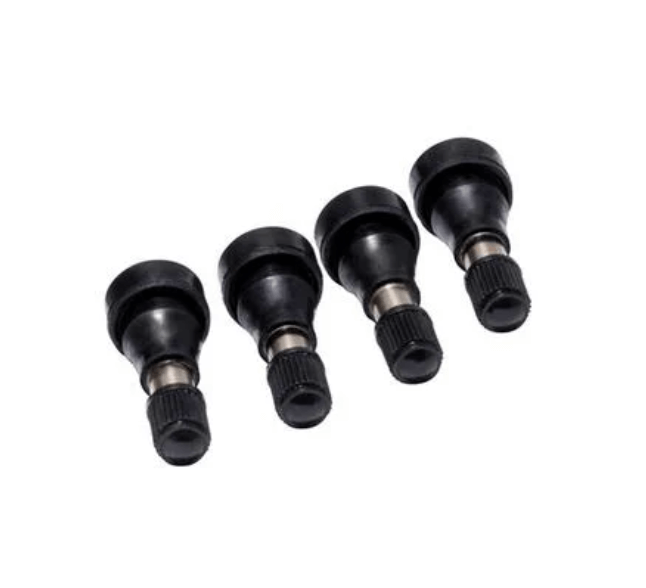
2